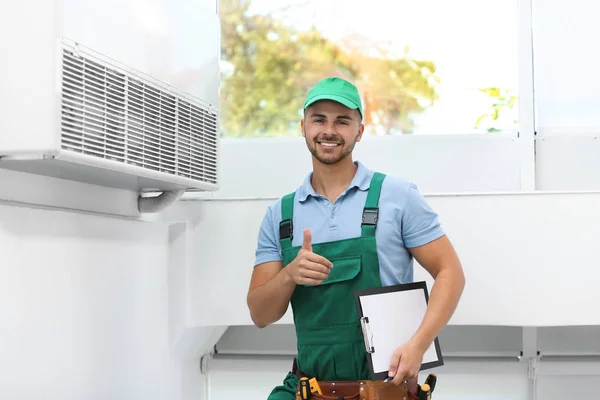
As technology advances at a relentless pace, the HVAC industry is not left behind. The integration of Artificial Intelligence (AI) into heating, ventilation, and air conditioning (HVAC) systems marks a significant leap forward in efficiency, sustainability, and overall system management. In this blog post, we’ll explore the emergence of Smart HVAC Systems and how the infusion of AI is revolutionizing maintenance practices, bringing a new era of intelligent climate control to our homes and businesses.
Redefining HVAC Intelligence
Smart HVAC Systems represent a paradigm shift in the way we approach climate control. Gone are the days of static temperature settings and manual adjustments; AI introduces dynamic, learning systems capable of adapting to changing conditions and user preferences.
Continuous Monitoring and Optimization
One of the key advantages of Smart HVAC Systems is their ability to continuously monitor and optimize performance. AI algorithms analyze data from various sensors and sources, ensuring that the system operates at peak efficiency while maintaining the desired comfort level.
Predictive Maintenance
AI algorithms excel at recognizing patterns and predicting potential issues. Smart HVAC Systems leverage this capability for predictive maintenance, identifying components that may require attention before they fail. This proactive approach minimizes downtime and reduces the likelihood of costly repairs.
Energy Efficiency at its Best
AI-driven HVAC systems excel in energy management. These systems learn from user behavior, climate conditions, and historical data to optimize energy consumption. This not only reduces utility bills but also contributes to a more sustainable and environmentally friendly operation.
User-Centric Climate Control
Smart HVAC Systems prioritize user comfort by learning individual preferences. Whether it’s adjusting temperatures based on occupancy patterns or recognizing preferred settings at specific times, AI ensures a personalized and comfortable environment for occupants.
Adapting to External Factors
External factors, such as weather changes, are seamlessly integrated into Smart HVAC Systems. AI algorithms consider real-time weather data to anticipate temperature shifts, enabling the system to proactively adjust settings for optimal comfort and efficiency.
Remote Monitoring and Control
The connectivity of Smart HVAC Systems allows for remote monitoring and control. Homeowners and facility managers can access the system through mobile apps, providing real-time insights, adjusting settings, and receiving alerts for maintenance needs, enhancing overall convenience.
Improved Indoor Air Quality
AI plays a crucial role in enhancing indoor air quality. Smart HVAC Systems can monitor air quality parameters, such as humidity and pollutants, and adjust ventilation accordingly. This contributes to a healthier indoor environment, especially for those with respiratory conditions.
Learning and Evolving
The adaptive nature of AI ensures that Smart HVAC Systems are constantly learning and evolving. As they gather more data and user feedback, these systems become increasingly adept at fine-tuning performance, making them a long-term investment in comfort and efficiency.
The Path Forward
As AI technology continues to advance, the future of Smart HVAC Systems holds even more promise. From self-diagnosing malfunctions to seamlessly integrating with other smart home technologies, the evolution of intelligent climate control is set to redefine how we experience and manage our indoor environments.
Conclusion
The integration of AI in HVAC systems represents a significant leap forward in the quest for efficient, user-friendly, and environmentally conscious climate control. Smart HVAC Systems are not just a technological trend; they are a transformative force shaping the future of how we heat, cool, and maintain our living and working spaces. Embracing this intelligent evolution ensures a more comfortable, energy-efficient, and sustainable indoor environment for years to come.